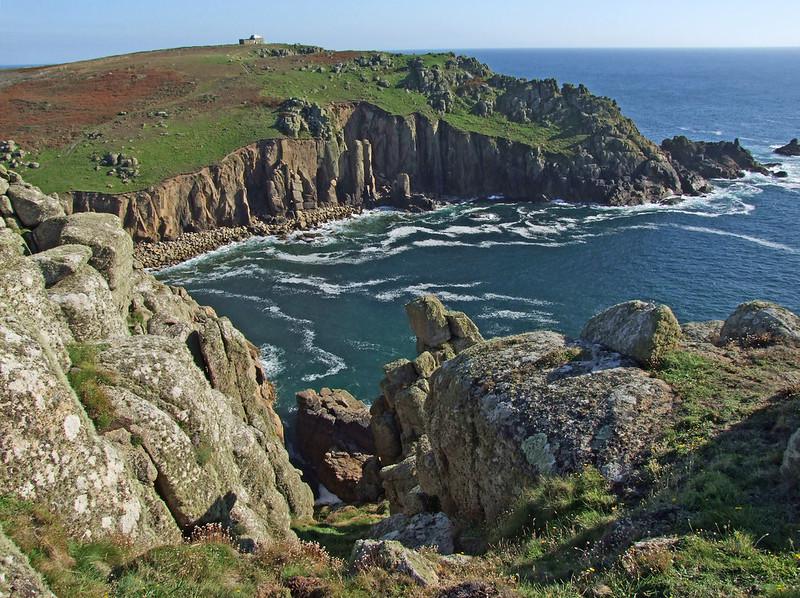Table of Contents
Sensational Seascapes
The Cornish coastline forms the south-western tip of the United Kingdom, and is an area known for its rugged headlands and fantastic beaches. The county juts out into the Atlantic Ocean and is exposed to the full force of the prevailing winds that sweep in from the sea. It’s therefore one of the most popular places in the country among surfers, who benefit greatly from the sizeable waves that crash against the coastline. The weather can often be warm and pleasant however, particularly in summer, and this makes the area great for other outdoor activities such as walking and wildlife spotting.

When it comes to the latter, one of the best spots in Cornwall to see wildlife is Gwennap Head. Situated to the south of Land’s End, Gwennap Head just misses out on being the most southerly or westerly point of England, however it’s still a great destination and has much to offer its many annual visitors. The granite cliffs at the end of the headland are home to the famous Chair Ladder Crag – a rocky crag popular among climbers. There is also a coastwatch station nearby and an incredible vertical blowhole is present among the cliffs, where spray from the waves beneath rushes into the air through a narrow cave.
Ocean Giants
As Gwennap Head is positioned much further out into the ocean than other parts of the British mainland, it’s a prime spot for viewing some of the marine mammals that visit the UK’s shores. One such animal is the Humpback Whale. A majestic species, the Humpback is one of the largest baleen whales, with adults reaching lengths of around 15 metres and weighing in at over 25 tons. They are found throughout the world’s oceans and although they are a rare sight in England, their numbers have been increasing in recent years. Humpbacks feed primarily on krill and small fish, which is quite an incredible feat for an animal so large.
Often a favourite among whale watchers, Humpback Whales are well known for their acrobatic behaviour. They are often seen tail slapping and breaching, both of which can be breath-taking sights and are behaviours which are still not fully understood. Like many species of whale, Humpbacks were severely affected by the actions of the whaling industry, with the population reaching a critical point in the mid 20th century. Thankfully, since then the species has recovered and as long as conservation measures remain in place, Humpbacks will continue to grace the seas for years to come. Top tip for spotting Humpback Whales from Gwennap Head: visit on a calm summers day, when you’re most likely to spot the spray from their blowholes.
Seabird Watching
In addition to having the chance to see Humpback Whales, Gwennap Head is an excellent place to spot seabirds. The area is well-known for its Shearwaters, with many different species visiting the headland at varying times of year. Some of the best examples are the Sooty Shearwater and Cory’s Shearwater, with the latter being seen at Gwennap Head more often than at any other place in the UK. Gannets and Terns are both common to the region, while Great Skuas visit during the summer months in order to breed. Bad weather and strong storms can bring even more birdlife to the headland, with many seabirds being blown inland or using the area to shelter.
While it pays to look to the skies around Gwennap Head, the sea is also a place to search for wildlife. As well as the Humpbacks, several intriguing marine creatures visit the Cornish coast during summer. One of the largest fish in the world – the Basking Shark – is an increasingly common sight and will often come close to shore to feed. The Sunfish is another highlight and can be identified by its tall fins and strange, flattened body. Some of the more common marine highlights can also be found in the area, so be sure to watch out for seals, porpoises and dolphins. Gwennap Head is therefore a stunning destination and one that is sure to be enjoyable for any wildlife enthusiast.
Phoo Humpback Whale Credit: Gregory Smith on Flickr

